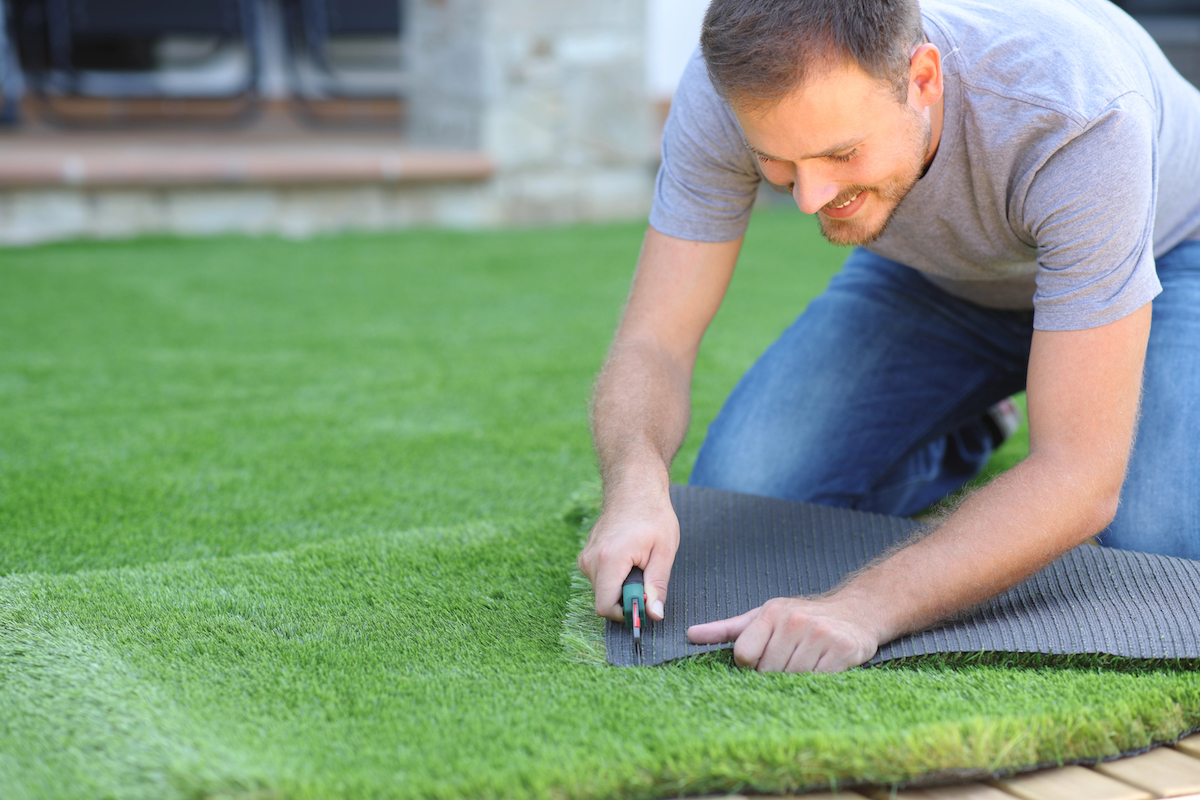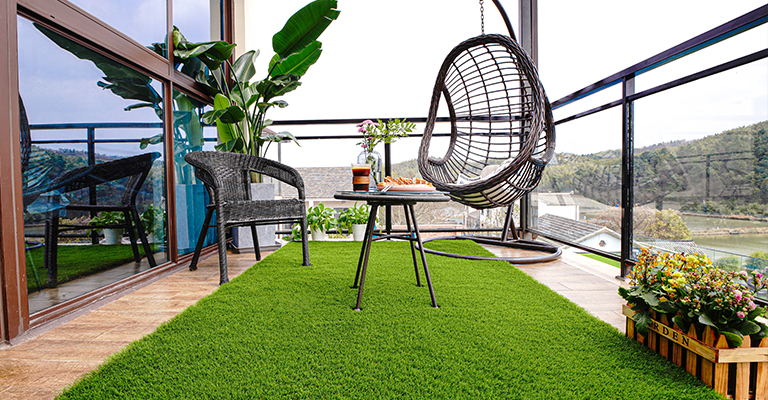Best Phoenix Turf Companies Delivering High-Quality Synthetic Grass Solutions
Best Phoenix Turf Companies Delivering High-Quality Synthetic Grass Solutions
Blog Article
Delve Into the Environmental Advantages of Opting for Artificial Turf Solutions
The fostering of synthetic grass solutions presents an engaging opportunity to address pressing ecological challenges. By significantly decreasing water usage and reducing the application of damaging chemicals, these alternatives not just promote sustainable landscaping but additionally safeguard regional communities. Moreover, the reduced carbon footprint related to reduced upkeep activities adds to an extra lasting approach to land monitoring. The effects of these benefits extend past mere conservation efforts, elevating questions about their lasting influence on habitat preservation and total ecological balance. Checking out these dimensions discloses a complex interplay worth taking into consideration.
Water Preservation Advantages
Among one of the most substantial advantages of synthetic grass is its capacity to preserve water. Standard lawn yards require considerable watering, particularly in locations susceptible to drought or water restrictions. In comparison, synthetic grass does not require watering, dramatically lowering the overall demand for water resources. This feature is particularly beneficial in dry regions where water deficiency is a pressing problem.
By removing the requirement for regular watering, synthetic grass adds to sustainable landscape methods and assists reduce the ecological impact of extreme water consumption. Furthermore, the preservation of water includes the decrease of drainage, which can bring about soil disintegration and waterway contamination.
In addition, the installation of man-made lawn permits property owners and municipalities to designate water sources more efficiently, focusing on essential uses such as alcohol consumption water and farming. The change towards man-made lawn not just advertises liable water usage yet additionally straightens with wider ecological objectives focused on maintaining all-natural sources.
As neighborhoods significantly focus on sustainability, the water preservation benefits of synthetic grass provide a compelling case for its fostering in industrial and property landscape design jobs.
Minimized Chemical Use
The shift to man-made lawn dramatically lowers the reliance on chemical therapies generally used in all-natural yard upkeep. Conventional grass administration commonly entails the application of herbicides, plant foods, and pesticides to advertise growth and control insects. These chemicals can pose risks to human health, regional wildlife, and the setting, adding to dirt and water contamination.
In contrast, fabricated turf removes the requirement for these harmful compounds. By minimizing the release of artificial compounds right into the ecosystem, man-made lawn promotes much healthier soil and water systems.
Additionally, the lack of chemical runoff related to synthetic lawn installations aids safeguard neighborhood rivers from pollution, sustaining marine life and keeping biodiversity. Turf installation phoenix az. As communities progressively prioritize lasting practices, deciding for synthetic lawn provides a viable service that aligns with environmental conservation objectives. Via this change, residential property proprietors can enjoy rich green areas without compromising environmental wellness, leading the way for a much more lasting future
Lower Carbon Impact

Furthermore, the setup of synthetic turf can lead to substantial water conservation. All-natural yards require substantial amounts of water for watering, which not just adds to the carbon footprint associated with water extraction and treatment yet additionally pressures regional water sources. In comparison, synthetic grass requires marginal maintenance, needing no watering, thus substantially reducing water use and its associated power prices.
In addition, the durability of synthetic grass adds to its reduced carbon influence. With a life expectancy of approximately 15 years or even more, the need for regular substitutes is diminished, resulting in less waste and lower power usage in manufacturing and dealing with traditional turf choices. On the whole, synthetic grass presents a sustainable find out here option for environmentally conscious landscape design.
Habitat Preservation
Environment conservation is a vital consideration in the dispute over landscape design selections, particularly when contrasting synthetic grass to all-natural lawn. All-natural lawn lawns commonly require comprehensive maintenance, consisting of using chemicals, herbicides, and fertilizers, which can adversely affect neighborhood communities. These chemicals can leach right into the soil and waterways, harming indigenous plants and fauna pop over here and interrupting neighborhood habitats.
Artificial turf removes the demand for hazardous chemicals, consequently safeguarding neighboring wildlife and preserving the honesty of surrounding environments. The installment of man-made turf can lead to the conversion of former turf locations into more biodiverse landscapes, such as pollinator yards or indigenous plant areas, which can sustain local wildlife.
Eventually, the transition to synthetic grass not only conserves water and reduces upkeep initiatives however likewise promotes a more unified connection between human activities and the natural surroundings, advertising environment conservation at the same time.
Long-Term Sustainability
Long-lasting sustainability is an essential consider assessing the benefits of synthetic grass over traditional grass lawns. Among the most substantial benefits of man-made grass is its durability; it can last approximately 15-20 years with very little maintenance, whereas all-natural grass needs constant reseeding and replacement. This long life lowers the demand for continuous resources, such as water, fertilizers, and pesticides, which are vital for keeping a healthy turf yard.
In addition, synthetic grass adds to a reduction in carbon emissions linked with grass treatment devices. Conventional yards commonly call for gas-powered mowers, trimmers, and blowers, all of which add to air contamination. Phoenix turf companies. In contrast, synthetic grass eliminates the need for such equipment, advertising a cleaner setting
Furthermore, the production of synthetic grass significantly uses recycled materials, boosting its sustainability profile. As suppliers take on environmentally friendly methods, the ecological impact of man-made lawn remains to diminish.

Conclusion
The fostering of man-made turf remedies provides significant environmental benefits, including significant water conservation, decreased dependence on harmful chemicals, and a lower carbon footprint. Man-made grass help in protecting natural environments by minimizing land disturbance and promoting lasting sustainability via the usage of resilient materials. Collectively, these aspects underscore the capacity of synthetic grass to add favorably to ecological wellness and offer a viable choice to standard landscape design practices in a significantly resource-conscious globe.
In comparison, synthetic turf does not require watering, substantially lowering the total demand for water sources. By decreasing the launch of artificial compounds right into the ecosystem, man-made turf advertises healthier soil and water systems.
Moreover, the installment of synthetic grass can result in significant water preservation. In contrast, artificial grass requires marginal upkeep, requiring no watering, thereby substantially minimizing water usage and its associated power prices.

Report this page